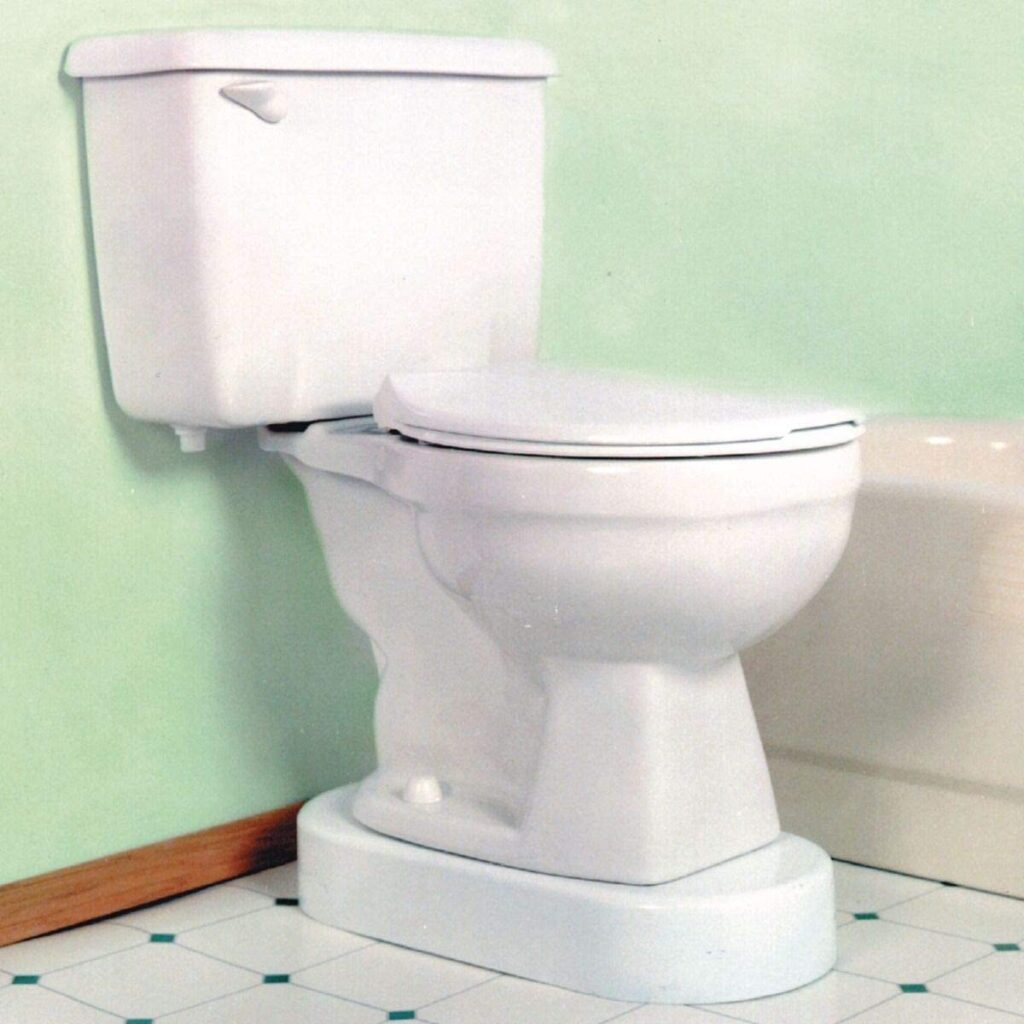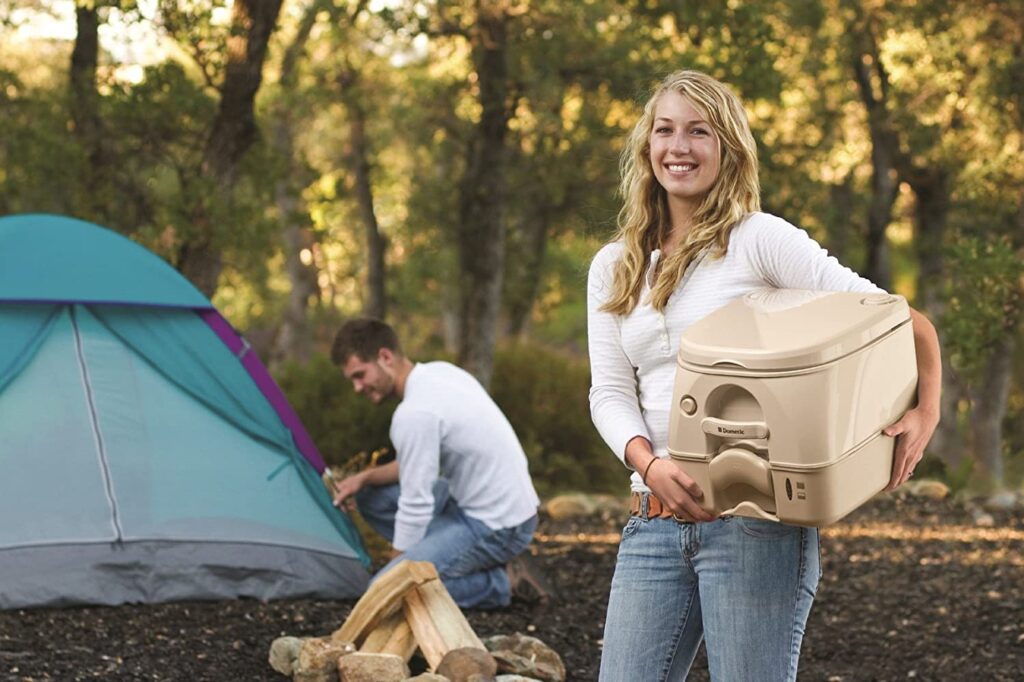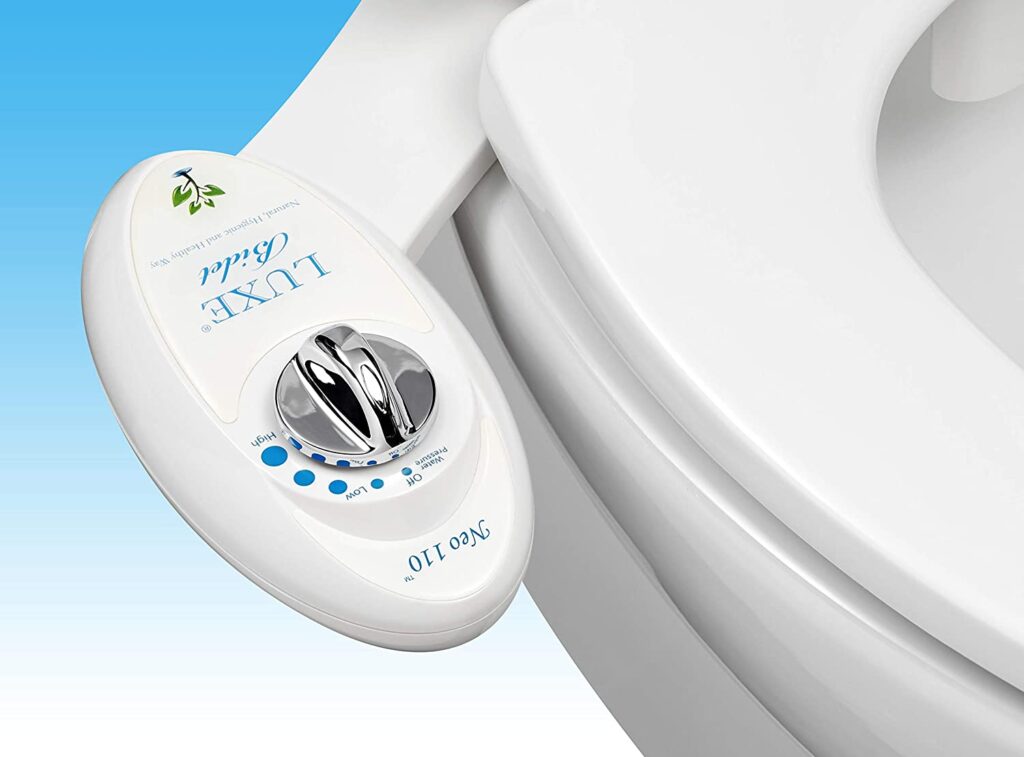A bathroom that smells like urine can be both unpleasant and concerning. If you’re wondering why your bathroom has developed this odor, rest assured that you’re not alone. This common issue can stem from a variety of causes, ranging from plumbing issues to inadequate ventilation. The good news is that most of these causes are easy to fix with a little attention to detail. In this guide, we’ll explore the common reasons behind the urine-like smell and provide practical solutions to restore freshness to your bathroom.
Table of Contents
Common Causes of a Urine Smell in the Bathroom
1. Plumbing Issues
One of the most common causes of a urine smell in the bathroom is plumbing problems. Leaky pipes, damaged seals around the toilet, or clogged drains can all contribute to this issue. Even small leaks or standing water can cause bacteria to grow, creating a urine-like odor.
Solution: If you suspect a plumbing issue, check around the toilet base, pipes, and drains for any signs of leaks. It might be time to call a plumber to replace or repair any damaged components.
2. Toilet Problems
A leaking toilet is another common culprit behind the urine smell. Over time, the wax seal under the toilet can degrade, allowing waste water to seep out and emit foul odors. Similarly, if your toilet is clogged or hasn’t been cleaned regularly, the lingering bacteria can produce an unpleasant smell.
Solution: Check the base of your toilet for any signs of water around it. If the wax seal looks worn out or damaged, it’s best to replace it. Regular toilet cleaning with a disinfectant will also help to keep odors at bay.
3. Poor Ventilation
Bathrooms that lack proper ventilation can quickly become breeding grounds for bacteria and mildew. Without airflow, moisture builds up, contributing to a damp environment where bacteria thrive. This can easily lead to a smell that resembles urine.
Solution: Ensure that your bathroom has proper ventilation by using an exhaust fan or leaving a window slightly open during or after showers. A dehumidifier like the Pro Breeze 2,000ml Dehumidifier can also help to reduce moisture and prevent odors.
4. Dirty Bathroom Fixtures
Sometimes, the urine smell is simply a result of neglected cleaning. Over time, urine residue can accumulate around the toilet, sink, or bathtub. These small droplets and stains may not always be visible, but they can emit a strong odor when combined with moisture.
Solution: Regularly clean all bathroom fixtures, including the toilet, sink, and tub. Pay special attention to hard-to-reach areas, such as the underside of the toilet rim. For deep cleaning, consider using a powerful disinfectant like Clorox Toilet Bowl Cleaner to eliminate bacteria and freshen up the space.
5. Pets
If you have pets, especially cats or dogs, they may accidentally urinate in the bathroom. This is particularly common if they’re not fully potty trained or if there’s a litter box near the bathroom area. Pet urine can sometimes be mistaken for bathroom-related odors, especially if it’s absorbed into flooring or grout.
Solution: Clean up any pet accidents immediately using a pet-safe cleaner. If you have a litter box, keep it clean and place it in a well-ventilated area. For tough odors, a pet odor neutralizer like Rocco & Roxie Professional Strength Stain & Odor Eliminator can be effective.
6. Mold and Mildew
Mold and mildew growth in the bathroom can also lead to a urine-like smell. These fungi thrive in damp conditions and often create a musty odor that some people associate with urine. While mold and mildew are not typically related to actual urine, their smell can be very similar.
Solution: If you suspect mold or mildew, inspect areas like grout lines, walls, and ceiling corners. Use a mold and mildew remover such as Tilex Mold and Mildew Remover to clean affected areas. Ensure proper ventilation to prevent future growth.
How to Identify the Source of the Urine Smell
1. Inspecting the Toilet and Drain Areas
Start by thoroughly inspecting the toilet and surrounding plumbing. Look for any visible leaks around the toilet base, sink, or bathtub. You can also check under the toilet for any pooled water. If there are any stains or water marks around the toilet, they could be the source of the odor.
2. Smell Testing
To pinpoint the source, try smelling different areas of the bathroom. If the smell is strongest near the floor or base of the toilet, it’s likely caused by a leak or waste buildup. If it seems to come from the drain or pipes, there may be a plumbing issue to address.
3. Checking for Pet Accidents
If you have pets, be sure to check the floor for hidden spots. Dogs or cats may occasionally urinate near the bathroom area, especially in corners, around the base of the toilet, or near the shower.
4. Look for Mold or Mildew
Mold and mildew often appear as dark, fuzzy spots. These can be found in moist areas, such as corners of walls or the grout between tiles. If you notice any, it’s likely the smell is coming from there.
How to Eliminate the Urine Smell in the Bathroom
1. Fix Plumbing Leaks
If plumbing issues are the cause, the best solution is to fix any leaks. Check around the toilet, sinks, and pipes for any signs of water. If you’re not sure how to repair the plumbing, it’s time to call in a professional plumber.
2. Replace or Repair the Toilet Wax Seal
A damaged toilet wax seal can lead to leaks and persistent odors. Replacing the seal is a simple but effective way to stop the smell. If you’re unsure how to replace the seal, it’s best to consult a plumber.
3. Clean Thoroughly
Regular cleaning is the most effective way to eliminate odors. Use a strong disinfectant cleaner to scrub the toilet and bathroom fixtures, including hard-to-reach areas where urine may have collected. Clorox Toilet Bowl Cleaner and Lysol Power Bathroom Cleaner are both excellent options for eliminating bacteria and odor.
4. Use Air Fresheners and Deodorizers
To keep your bathroom smelling fresh, use air fresheners or deodorizers. Natural air fresheners like Mrs. Meyer’s Clean Day Room Freshener are great for keeping the bathroom smelling pleasant without harsh chemicals. Additionally, a bathroom-specific deodorizer like Febreze Bathroom Air Freshener can help mask lingering odors.
5. Dry the Bathroom
Moisture is a major contributor to bathroom odors. Ensure that your bathroom stays dry by using exhaust fans or placing a dehumidifier in the space. Drying the area can help prevent mold and mildew, keeping your bathroom odor-free.
Preventing Future Urine Smells in the Bathroom
1. Regular Cleaning Routine
To prevent urine smells from returning, establish a regular cleaning routine. Clean your toilet, sink, and floors at least once a week to keep everything fresh.
2. Maintain Proper Ventilation
Ensure your bathroom is well-ventilated to prevent moisture buildup. Using a dehumidifier or exhaust fan can help keep the air dry, preventing the growth of bacteria and mold.
3. Investing in Bathroom Deodorizers
Long-lasting deodorizers like Air Wick Freshmatic or Glade Automatic Spray are a simple and effective way to maintain a fresh scent in your bathroom. They automatically release fragrance, keeping your space smelling good even when you’re not actively cleaning.
When to Call a Professional
If the smell persists despite your best efforts, it may be time to call in a professional. A plumber can help resolve plumbing issues, while a mold remediation expert can deal with hidden mold and mildew problems.
Conclusion
A bathroom that smells like urine is a common issue, but it’s also one that can be easily fixed. Whether it’s a plumbing problem, poor ventilation, or pet accidents, there are plenty of solutions to restore freshness to your space. Regular cleaning, proper ventilation, and maintenance are key to preventing future odors. By addressing the issue promptly, you can keep your bathroom clean, fresh, and inviting.






